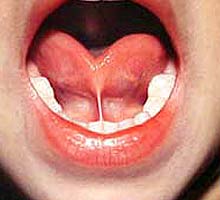
 S
S


 SHORT FRENILLO SUBLINGUAL
SHORT FRENILLO SUBLINGUAL


|
 S
S
|

|

|
 SHORT FRENILLO SUBLINGUAL
SHORT FRENILLO SUBLINGUAL
|

|
| SHORT FRENILLO SUBLINGUAL |





 SHORT FRENILLO SUBLINGUAL
SHORT FRENILLO SUBLINGUAL


U.E.P.
 Add to Favorite
Add to Favorite
 Home Page
Home Page
 Recommend this Page
Recommend this Page
|

|
|
2008 © HIPERnatural.COM
www.hipernatural.com Your Source of Natural Health in Internet |
|